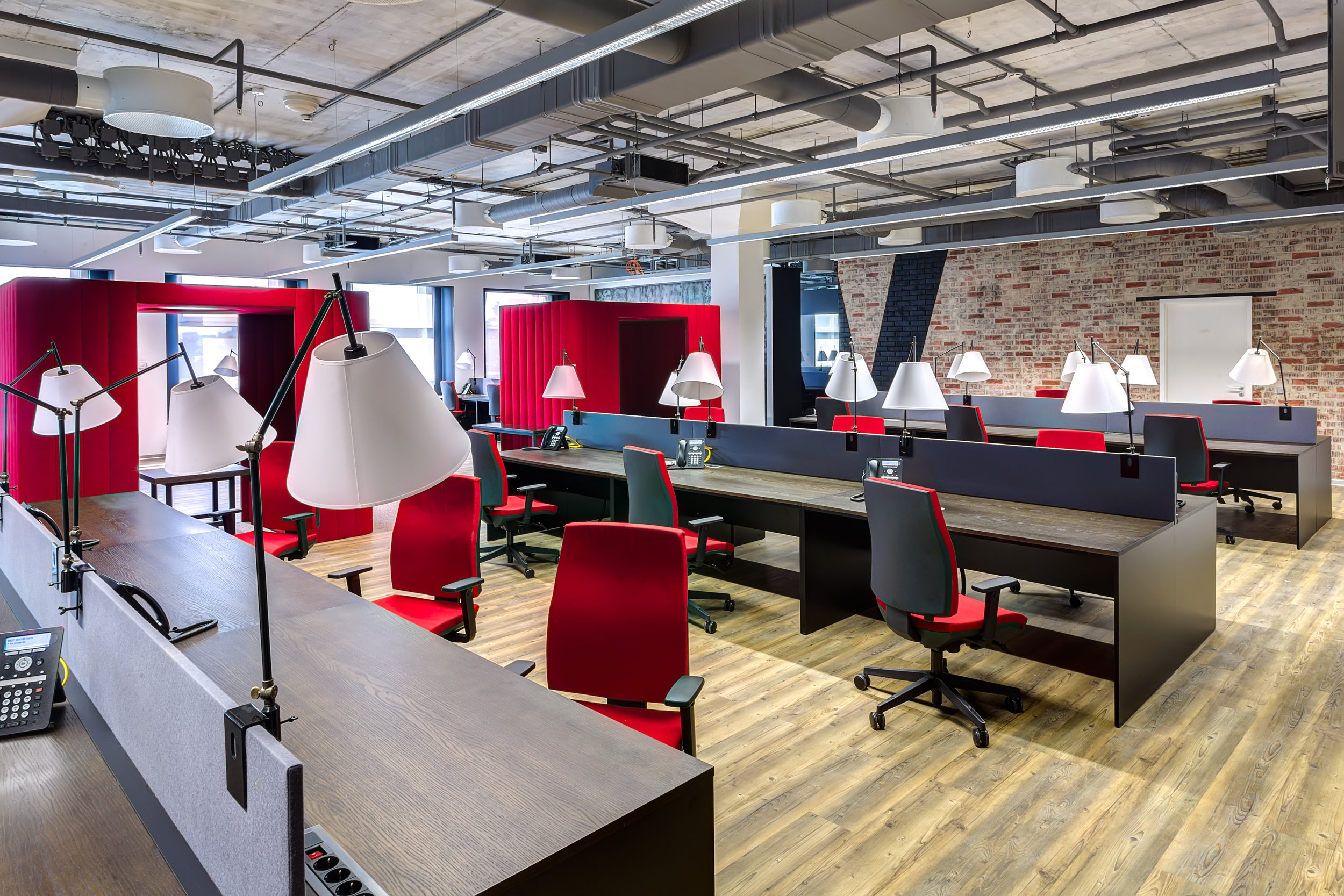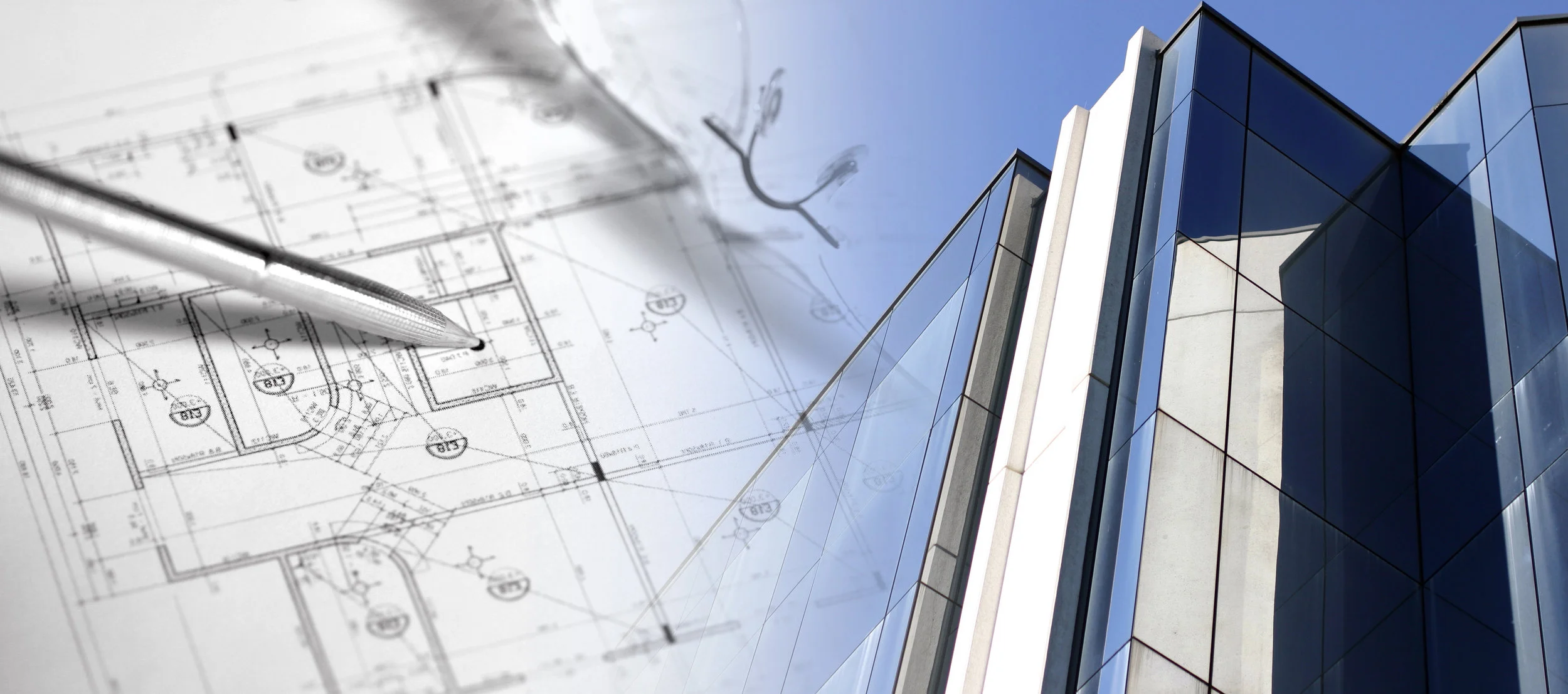TOP 5 GREEN HOME BUILDING IDEAS
Our environment, climate, and even our own consciousness is changing. There is a drive toward healthier building and green building provides a myriad of benefits, for example:
Utilizes recyclable materials
Reduces atmospheric pollutants
Minimizes fossil fuel consumption
Reduces dependence on old growth lumber
It’s the most effective way to meet the Model Energy Code
You can save up to 50-75% in heating and cooling costs
At New Republic Architects we believe that creating a vibrant, sustainable future starts with collaboration. We are a member of the U.S. Green Building Council and the Green Building Certification Institute, as well as an ENERGY STAR® partner. Our internal LEED® Accreditation program connects professionals from various disciplines and offices to promote understanding of sustainable issues and encourage innovation in the field.
With this in mind, here are the top 5 green home building ideas:
Harness geothermal energy.
Did you know that you can use geothermal energy for heating and cooling applications in your home? The thermal energy is derived from the earth’s internal heat.
To harness this energy, you’ll need to install a geothermal heat pump system. With the pump, it’ll be possible to heat your home during winter and cool your home during summer.
While installation costs are on the higher side, the energy you get is unlimited year round.
2. Employ efficient landscaping.
Energy efficient landscaping can make your home more comfortable while conserving vital natural resources. Here are some benefits that efficient landscaping can give you:
Windbreaks can cut winter heating bills by up to thirty percent.
House shading trees can cut your cooling bills by as much as fifty percent.
A single shade tree equals the cooling power of fifteen air conditioners – and it runs for free!
Shading your home’s roof can increase your air conditioner’s energy efficiency by more than ten percent.
A shaded lawn can be up to 25 degrees cooler than sunny pavement. A tree-shaded yard can be up to 6 degrees cooler than a sunny yard.
A well-positioned tree can save up to 25 percent of your home’s energy for heating and cooling.
3. Use an efficient HVAC system.
Save energy and money by buying a high efficiency, Energy Star rated heating and cooling system for your home. This is important especially considering that about fifty percent of our energy costs go to heating and cooling. Aside from buying an energy efficient HVAC system, here are some tips to keep energy costs low.
Inspect the air filters. They often get blocked by dirt and debris.
Maintain the coils of your AC unit. Dirt and debris can reduce your AC’s efficiency, leading to more energy consumption.
Install a programmable thermostat. If you can set your thermostat 1 degree down in the summer and 1 degree in the winter, you can save 3-5% of your energy bill.
Use curtains, blinds or drapes to help control temperatures. In the summer, keep window coverings closed during the day to reduce temperatures. In cooler months, harness the sun’s free warmth by keeping curtains, drapes or blinds open on south-facing windows during the day to allow sunlight in.
Beef up your insulation. Inadequate insulation can lead to wasted heat or cooled air from the HVAC system.
Keep up with routine maintenance. Proactive maintenance is key to an efficient HVAC system. Experts recommend doing this at least twice a year.
4. Use water conserving fixtures.
Installing water-conserving fixtures can make a sizeable difference in your monthly utility bills.
In fact, according to the EPA, if all U.S. households installed water-efficient appliances and fixtures, the country would save more than eighteen billion dollars and three trillion gallons of water annually.
An energy efficient faucet can save around 700 gallons of water every year. If you have an inefficient one, add a water-saving aerator or flow restrict or replace it with a high-efficiency faucet that has a flow rate of no more than 1.5 ppm.
As for shower heads, replace them with a high-efficiency one that uses no more than 2 ppm. And, if you have a toilet that uses more than 1.6 gallons of water per flush, consider replacing it with an efficient one that uses no more than 1.28 gpf.
5. Install solar panels.
Last but not least, install solar panels. Solar energy is a clean and renewable source of energy. Although installation costs can be high, the long-term savings you get are stunning.
With solar panels, location is everything. Position, placement, and orientation can determine how much power you can collect.
By using solar power, you can lower your energy efficiency and, if any, supply excess energy to your utility company. In addition, tax breaks, incentives, government grants are a huge bonus to anyone wishing to install solar panels in their home.
A majority of people think two things whenever they think green home building: expenses and trouble. That’s, however, isn’t the case.
Going green, in reality, can not only save you boatloads of cash in the long run but can also give you a chance to leave a better future for generations to come.
This article was provided by Granite Foundation Repair, a local foundation repair company servicing the DFW area.














